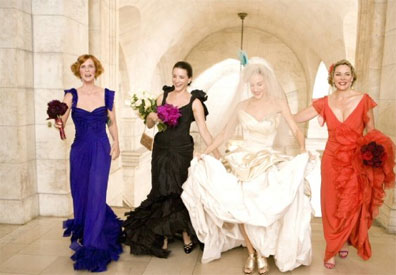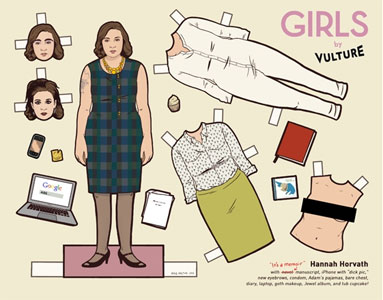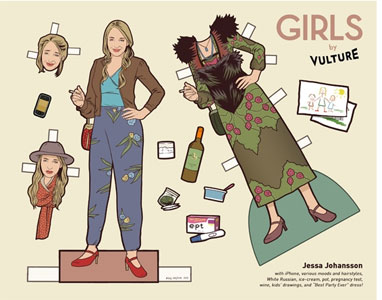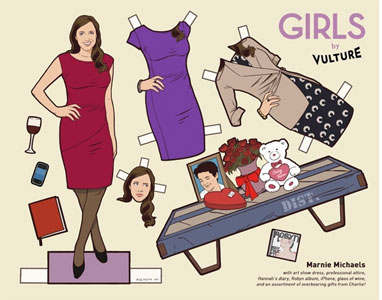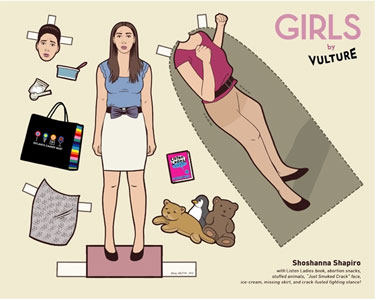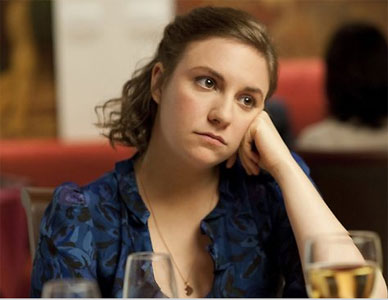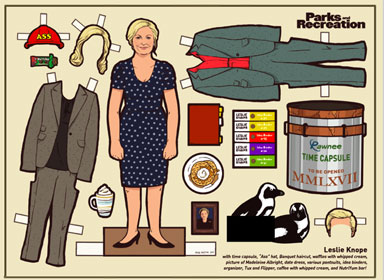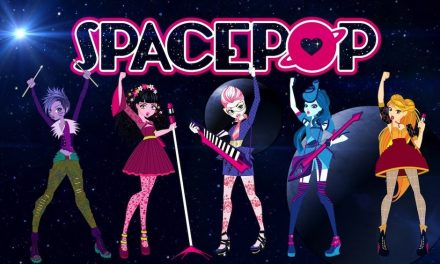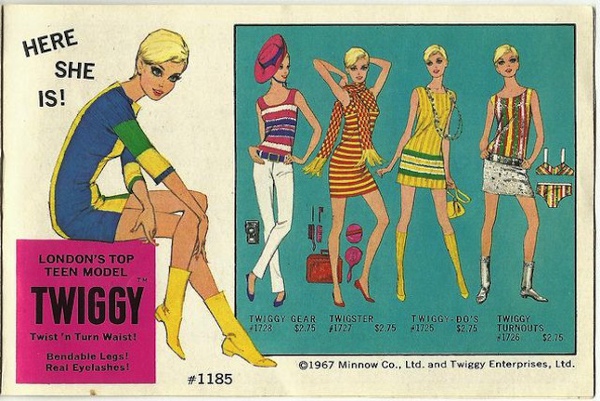About a year ago, I wondered why there weren’t any “Sex and the City” dolls. The highly fashionable and powerfully libidinal ladies would appear to be ideal candidates for a vinyl or resin set. Super sultry and incredibly flexible character Samantha Jones (played by Kim Cattrall) would be especially great to see as a BJD. (Keep your minds out of the gutter, readers. I’m talking jointing and construction here—nothing else.) However, the fact that the women were so much about the “facts of life” most likely prevented them from being licensed and manufactured. They were too hot to handle.
Well, HBO has done it again—giving a new group of women who reside in the prime Sunday-night time slot where Carrie, Charlotte, Miranda, and Samantha used to prowl. This time around, the women are younger, live in Brooklyn, and are on the verge of career success. In fact, these characters are so freshly scrubbed and young that they are called “Girls.”
The sitcom, created by lead actress Lena Dunham, has a candor and a confidence that could only be generated by Gen Z. (That has to be the right letter for folks 26 and under, right?) It is raunchy, witty, literate, personal, and universal: pretty unbelievable work for a girl who was born in 1986. But that is what is so exceptional about Dunham: she doesn’t look like the kind of girl you’d expect to have a cable series based upon. Rather, she looks like the type of gal who might be watching an HBO show on her iPad or Samsung Galaxy. She’s not beautiful; she’s not really pretty. There are times during the show that her looks have bordered on plain or even homely. In other words, she looks ordinary. She seems real. And her storylines and dialogue sound as if they’ve been lifted from young college grads congregating in any big city’s downtown bar or music scene.
Now, what’s interesting is that I don’t have to pine for a “Girls” set of dolls. No, the quartet of characters have already been made, but in paper doll form. http://www.vulture.com/2012/06/print-out-vultures-girls-paper-dolls.html
Created by extremely talented illustrator Kyle Hilton—my apologies, Kyle, I don’t know if you are a girl or a boy. You have one of those gender-neutral names—the dolls are available to be printed out and played with for free! (That’s certainly something that would please the ever-broke friends on the cult series.) On hand are Hannah Horvath (played by Dunham), who is articulate, eloquent, overeducated, underemployed, self-conscious, self-interested, self-effacing, and still very self-aware. It is a masterful portrayal.
She’s the Carrie Bradshaw of the clique—not just because she’s the primary focus of the show but also because she is a diarist. She keeps a journal of personal experiences and aspires to be an essayist—the very job that the 40ish Bradshaw enjoyed in her fictional world. In the meantime, she has been an unpaid intern, who gets fired when she dares to ask for some monetary stipend; an administrative assistant, who was sexually harassed and wondered if that was something that should be tolerated if it meant Blue Cross/Blue Shield; and now the world’s worst waitress at a coffee bar.
The other paper dolls to clip are characters Jessa Johansson (a mother’s helper who is a little too flirtatious and funky to give a nervous mom peace of mind), Marnie Michaels (an art gallery worker who has a single-minded approach to professionalism but realizes that being rigid can muck up a personal life), and Shoshanna Shapiro (Jessa’s cousin who may or may not have smoked crack, was still a virgin—up until Episode 10—has stuffed animals, including a bear and a penguin on her bed, and is a nervous Nellie).
Paper doll artist Hilton should be applauded for these really first-rate interpretations of characters who are anything but stock and ordinary. This isn’t the first time Kyle has enshrined a cast of a popular TV program or movie. He has also given ephemeral life to the sprawling BBC residents of “Downton Abbey,” the slimy regulars of “It’s Always Sunny in Philadelphia,” and Vincent Vega, the hit man, from “Pulp Fiction.” (I’m assuming a Wikipedia tidbit about you is correct, and that you are a guy.) There are many more free and fully printable designs on his Website: http://flannelanimal.tumblr.com/tagged/paper_dolls, which shows off an enormous amount of talent and some pretty funny concepts.
As a fan of paper dolls, I have a set of Gilda Radner cutouts that I guard with my life, I appreciate the chance to download the girls from “Girls” and let the occasional pity party begin. And that’s what I like most about the show and its scripts. Though these girls are far freer and more independent than I ever was at age 23 or 24, they are still riddled with a first apartment’s worth of angst, anxiety, fear, depression, camaraderie, hopes, dreams, goals, disappointments, and victories. When the ability to feel vulnerable one moment and invulnerable the next is a daily seesaw, the life cycle of HBO’s “Girls” is anything but rosy and riotous. It’s sweetly comedic, bitterly realistic, and amazingly authentic.
Thanks, Lena Dunham, for proving that the average “New Girl” in a roommate situation don’t look or behave like Zooey Deschanel. Thanks for keeping it real. And, Kyle Hilton, thanks for keeping it cutting-edge and cuttable! (http://www.theispot.com/khilton) Like the classic exchange between an anxiety-riddled Hannah and her gynecological examiner says:
Doctor: You couldn’t pay me to be 24 again.
Hannah: I know. And I’m doing it for free.
Just classic.

